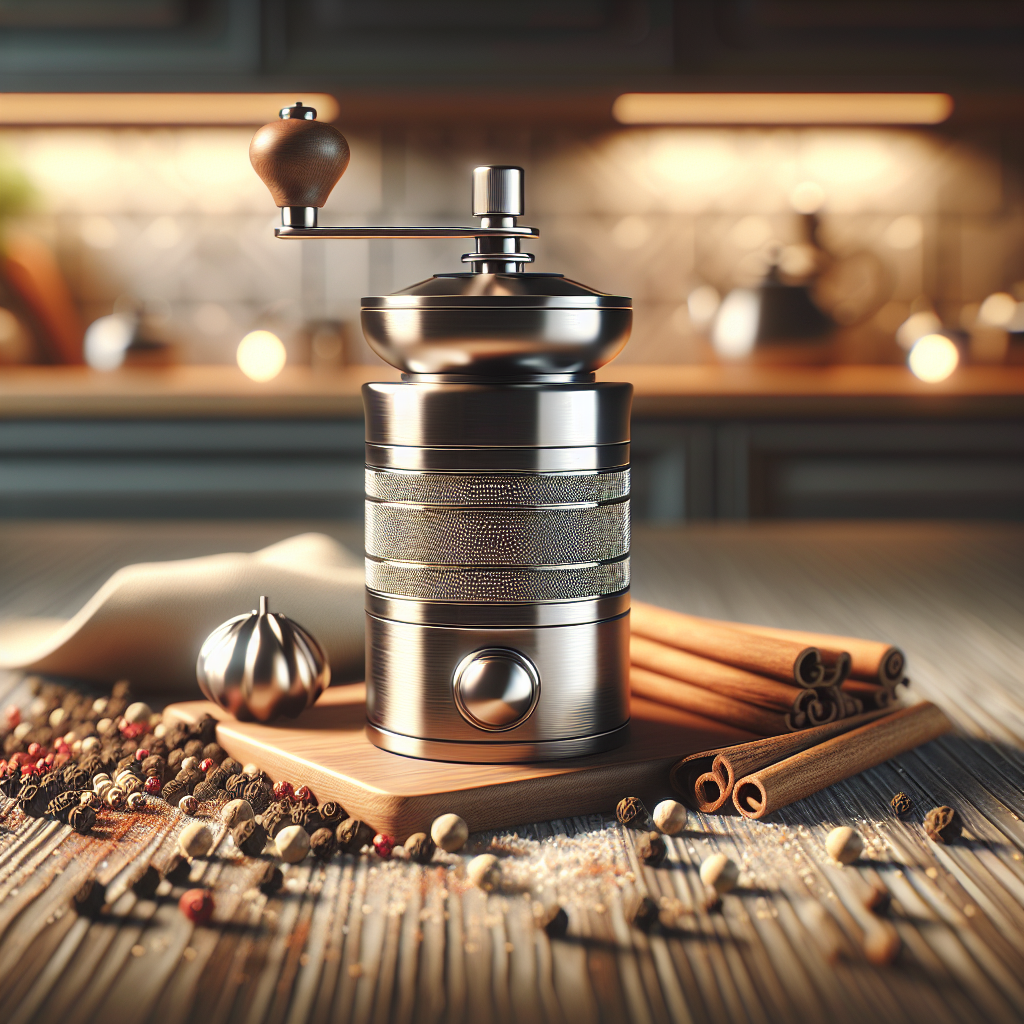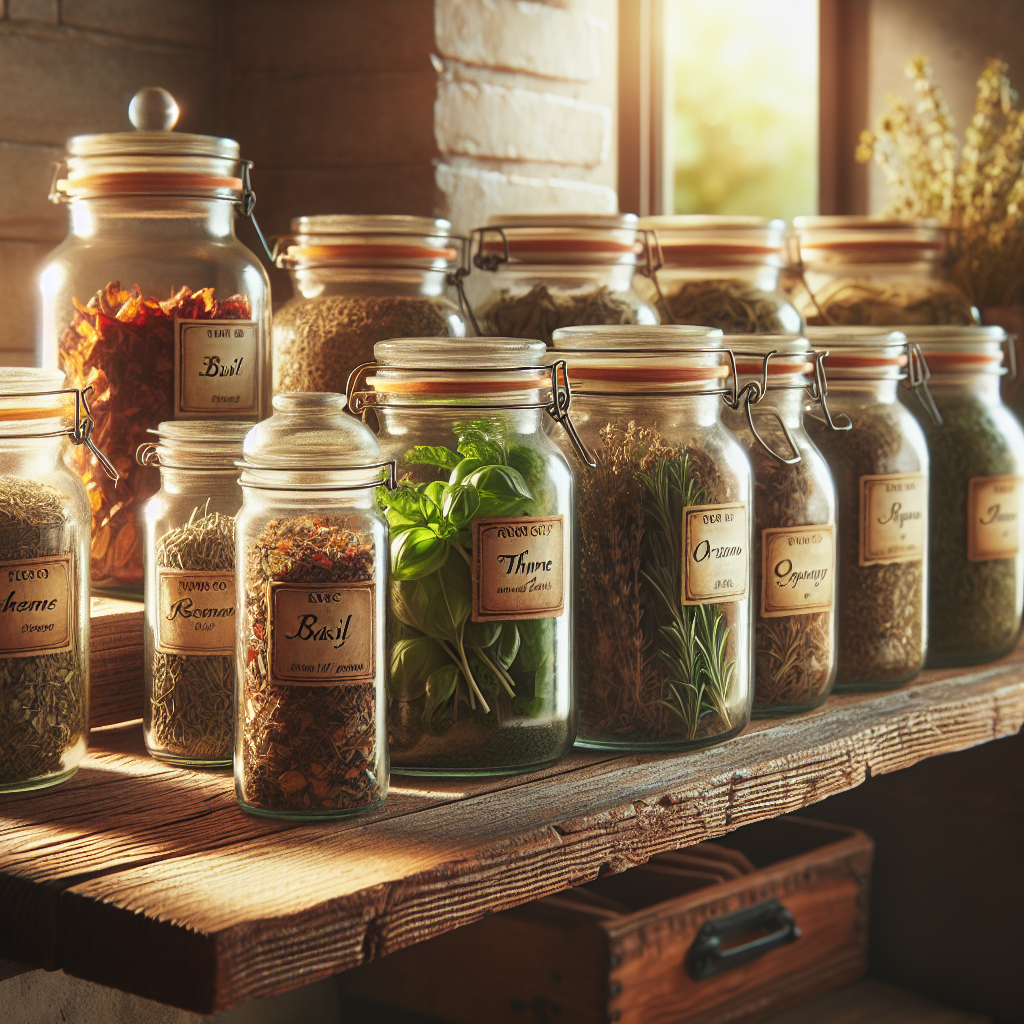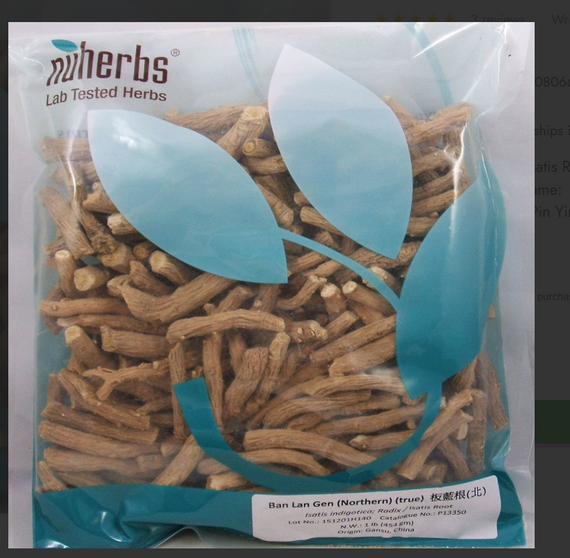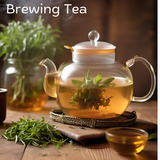

NuHerbs Lab Tested
Huang Qi Fen Astragalus Root Powder 1lb Nuherbs
Astragalus Root Powder: A Potent Boost for Immunity and Vitality Astragalus root powder, derived from the Astragalus membranaceus plant, has a long-standing reputation in Traditional Chi


 Why grind your own herbs?
Why grind your own herbs? Storage & shelf life
Storage & shelf life




